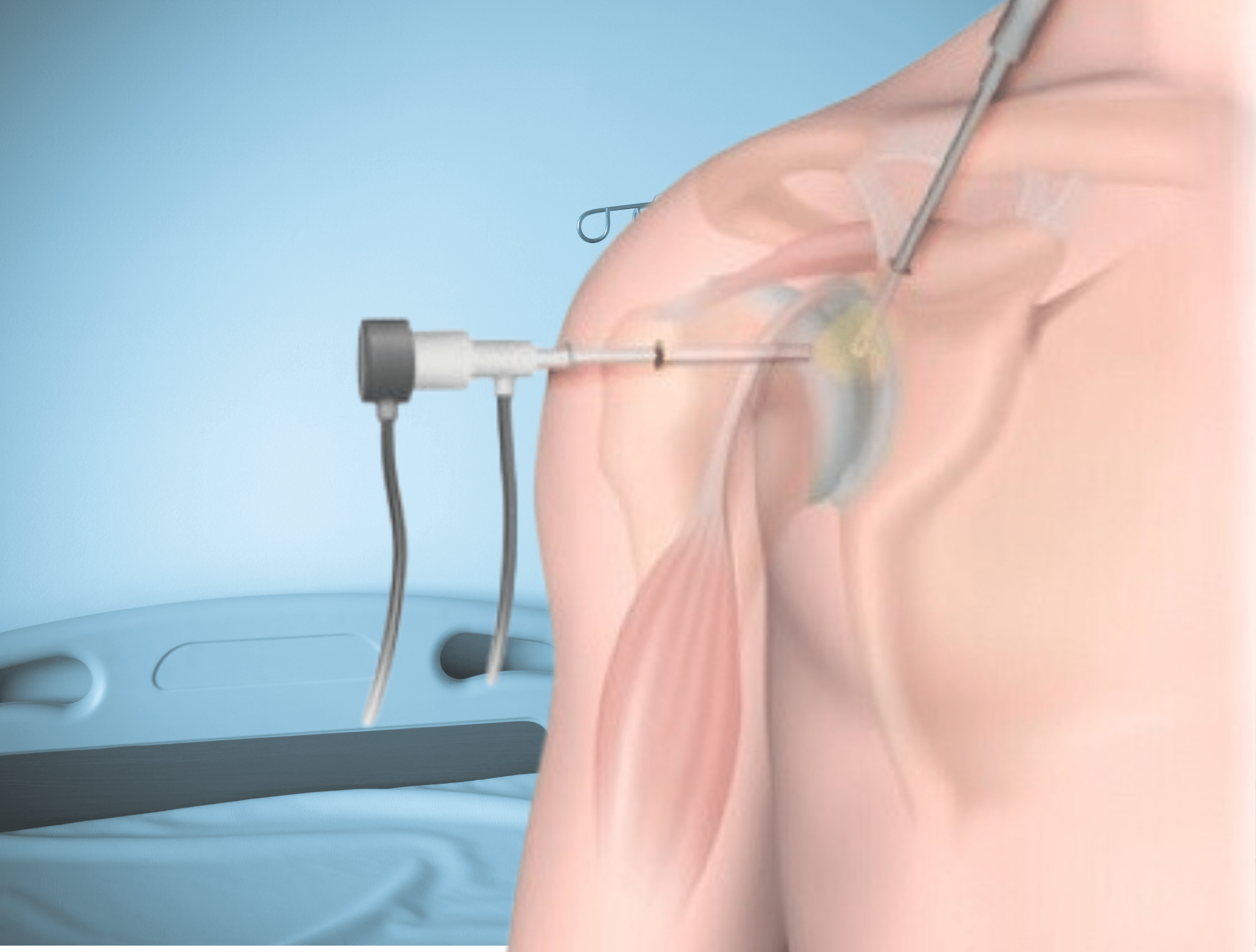Arthroscopy

Arthroscopy is a minimally invasive surgical technique used to diagnose and treat various joint-related conditions and injuries. It involves the use of a small camera, called an arthroscope, inserted into the joint through small incisions. Arthroscopic procedures are commonly performed on joints such as the knee, shoulder, hip, ankle, and wrist.
Types of Arthroscopy
Knee Arthroscopy: This is one of the most common types of arthroscopy and is used to diagnose and treat knee joint issues, including meniscus tears, ligament injuries (e.g., ACL or PCL tears), and cartilage damage.
Shoulder Arthroscopy: Shoulder arthroscopy can address problems like rotator cuff tears, labral tears, and impingement syndrome.
Hip Arthroscopy: This procedure is performed to address hip joint problems, such as labral tears, femoroacetabular impingement (FAI), and loose bodies.
Ankle Arthroscopy: Ankle arthroscopy can diagnose and treat conditions like cartilage lesions, impingement, and loose bone fragments within the ankle joint.
Wrist Arthroscopy: Wrist arthroscopy is used to evaluate and treat conditions like ligament injuries and ganglion cysts in the wrist join
Treatments for Arthroscopy
The treatment provided during arthroscopy can vary significantly based on the specific condition or injury identified during the procedure. Common treatment options include:
Debridement: Removal of damaged tissue, such as torn ligaments or loose cartilage.
Cartilage Repair: Techniques like microfracture, autologous chondrocyte implantation (ACI), or osteochondral autograft transplantation (OAT) may be used to repair damaged cartilage.
Ligament Reconstruction: Repair or reconstruction of damaged ligaments, often using grafts or anchors.
Rotator Cuff Repair: Reattachment of torn tendons in the shoulder.
Labral Repair: Repair of the labrum (cartilage ring) in the shoulder or hip joint.
Synovectomy: Removal of inflamed or damaged synovial tissue.
Removal of Loose Bodies: Extraction of loose bone or cartilage fragments.
Impingement Treatment: Procedures to address impingement or bone spurs.
Risks and complications
Infection: Surgical site infections are possible, although less common with arthroscopy compared to open surgery.
Bleeding: Some bleeding can occur during the procedure but is typically minimal.
Nerve or Vascular Injury: While rare, damage to nerves or blood vessels can occur.
Complications with Anesthesia: Anesthetic complications, including allergic reactions or respiratory issues, can occur.
Recovery and Rehabilitation
Immediate Postoperative Care: Patients may spend a short time in the recovery area before being discharged on the same day.
Pain Management: Pain is typically manageable with medications, and patients may need crutches, slings, or braces for support.
Physical Therapy: Physical therapy is essential to regain strength, range of motion, and function in the treated joint.
Return to Normal Activities: Patients can gradually return to normal activities, with a timeline determined by the type of procedure and individual healing.
Long-term Outcomes
Functional Improvement: Arthroscopic procedures aim to improve the function of the joint, reduce pain, and enhance overall joint health.
Quality of Life: Successful arthroscopy can significantly improve a patient’s quality of life by restoring joint function and reducing pain.
Return to Activity: Patients can often return to their regular activities, including sports or physically demanding tasks, after arthroscopy.
Lifestyle Adaptations: In some cases, patients may need to make adaptations to their lifestyle to protect the treated joint or avoid re-injury.

